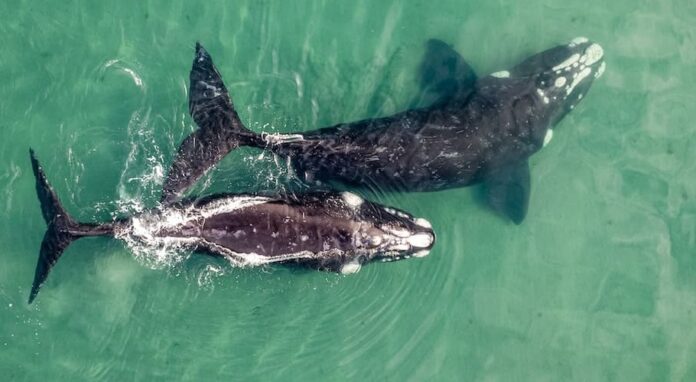As a sustainable and renewable alternative energy source, wind power has acquired universal acceptance. In order to harness the force of the wind, offshore wind farms are being built in coastal areas, but there are worries about how they can affect marine life, particularly whales.
Questions over whether the turbines and associated infrastructure are to blame for whale deaths have arisen in response to reports of whale strandings close to offshore wind farms. This blog post will look at the research and evaluate how offshore wind farms affect whale populations.
The Factors Behind Whale Strandings
Whale strandings are a frequent event, and several things might cause this to happen. Strandings can be caused by natural factors like sickness, ageing, and extreme weather. Strandings are also influenced by anthropogenic causes such as noise from ships and the ocean, ocean pollution, and shipping traffic.
Offshore wind farms, with their turbines and related equipment, are thought to play a role in whale strandings in two ways: first, by physically harming whales that come into contact with the turbines, and second, by interfering with the whales’ use of sound for communication and navigation.
Proof of Whale Deaths Associated with Offshore Wind Farms
There is little proof that whales have perished as a result of offshore wind farms, however research has indicated that whales are subject to noise pollution from wind farm operations underwater. The whales’ ability to communicate and navigate may be hampered by the underwater noise pollution produced by the turbines, which may cause confusion and, in some cases, strandings.
The research that is now available, however, does not conclusively show that offshore wind farms are to blame for whale deaths. The specific cause and effect relationship between wind farms and whale strandings needs to be determined through additional research.
How can we reduce offshore wind farms’ negative effects on whales??
Despite the limited evidence, it is crucial to think about and take precautions against any potential harm that offshore wind farms may cause to whale populations. Here are several strategies to lessen wind farms’ negative effects on whales:
Location: The possible influence on whales can be lessened by strategically placing wind farms. To reduce the likelihood of whale-turbine interactions, offshore wind farms should be situated far from important whale habitats and migration routes.
Monitoring: Regular whale population monitoring in the vicinity of wind farms can assist identify any detrimental effects and guide the decision on selecting suitable sites to locate a wind farm.
The shift to a low-carbon energy future must include offshore wind farms, but it’s critical to consider their possible effects on marine species, including whales. Even if there is no evidence that whales have perished because of wind farms, action must be taken to lessen their negative effects on whale populations.



